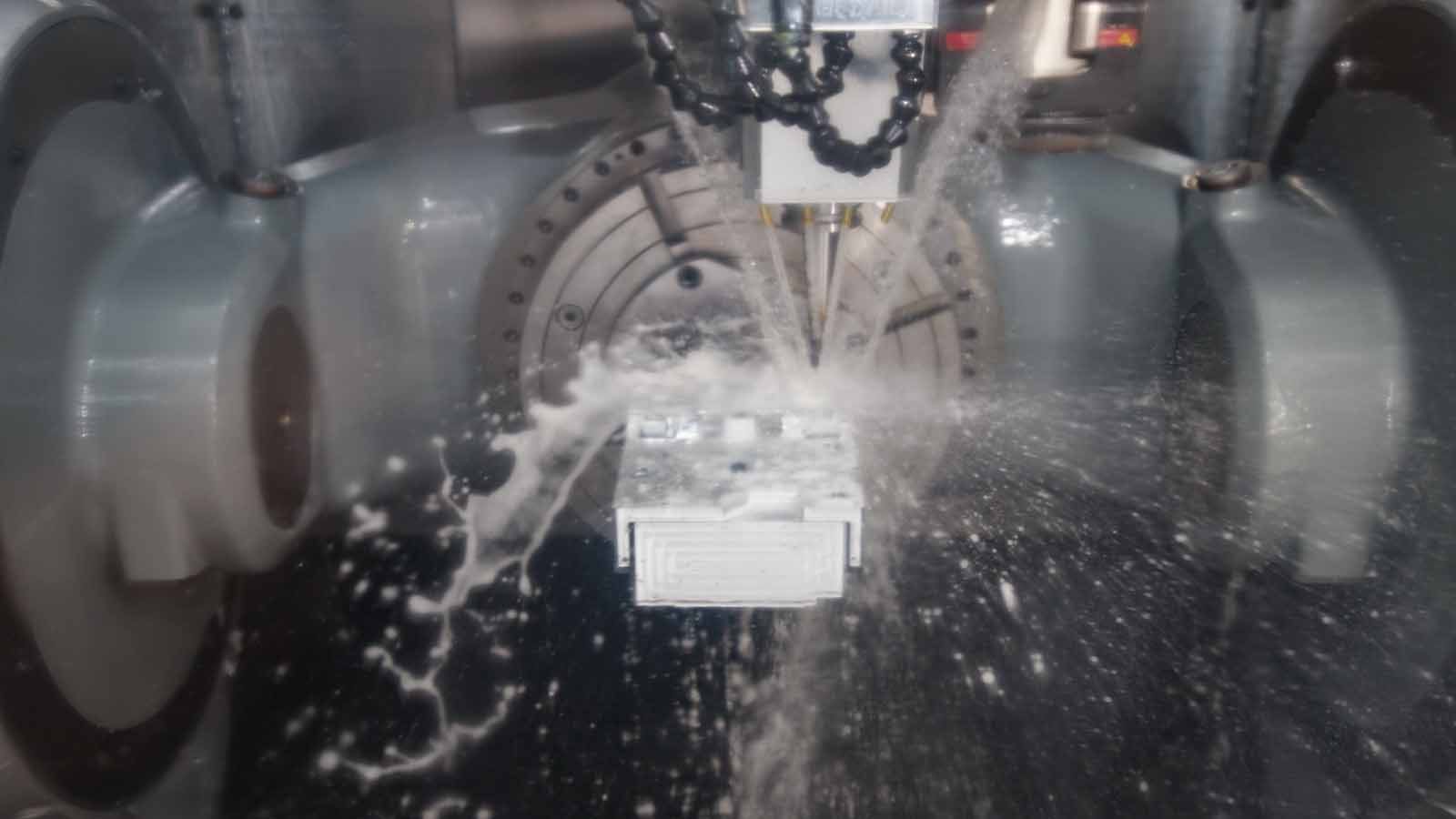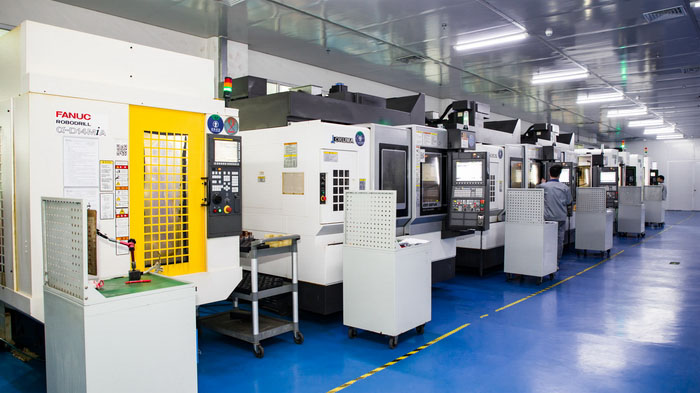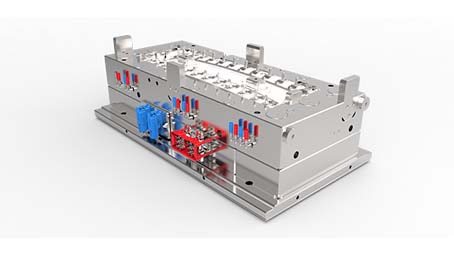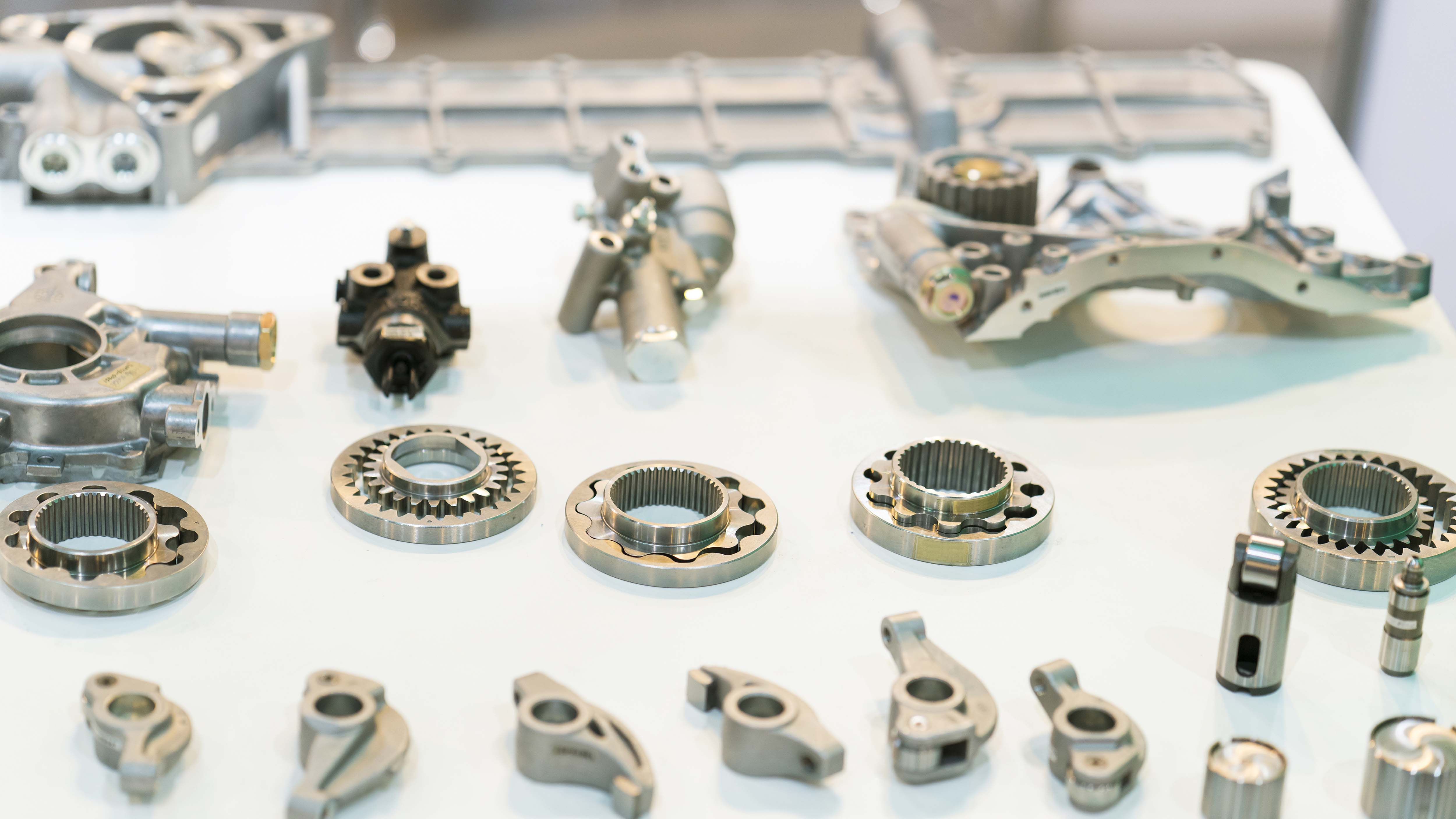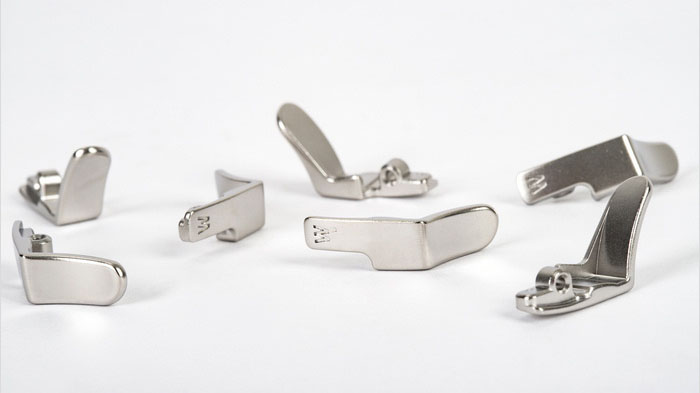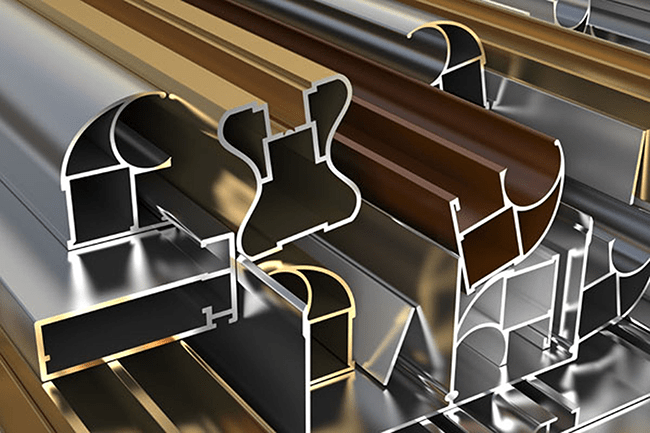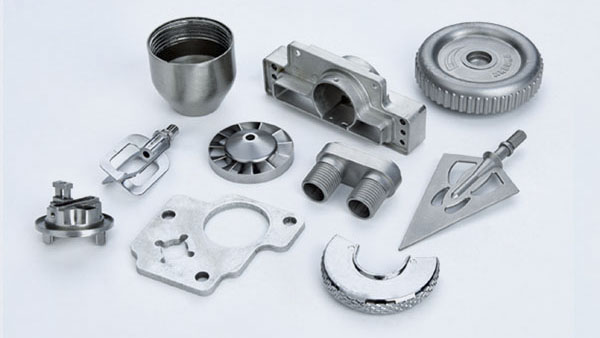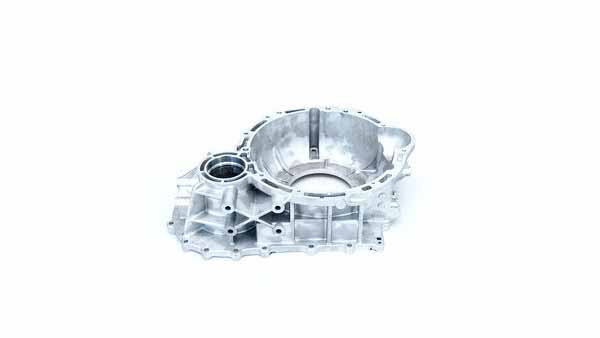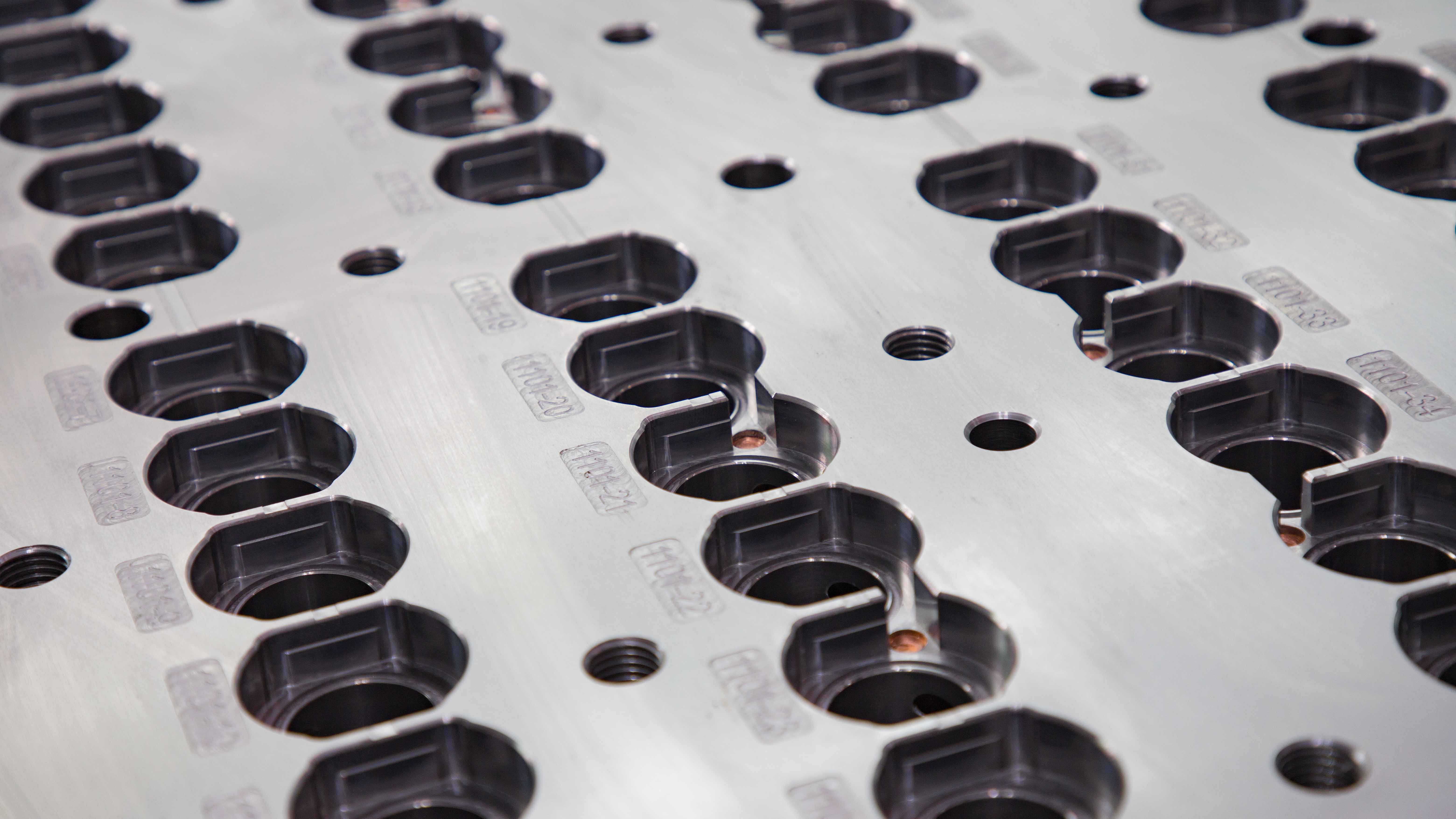Mastars is a prototype company in China. We employ proven prototype technologies(
rapid CNC machining,
rapid sheet metal prototyping,
vacuum casting prototyping,
3D printing prototyping etc.) Machining accuracy is the degree of conformity between the actual size, shape and position of the prototype surface after machining and the ideal geometric parameters required by the drawing. The deviation between the actual geometric parameters of the prototype and the ideal geometric parameters is called machining error. However, the actual parameters obtained by any machining method will not be absolutely accurate. From the perspective of the function of the part, as long as the machining error is within the tolerance range required by the part drawing, it is considered to ensure the machining accuracy. So how can CNC machining center improve the machining accuracy of prototype? Let's have a look.
Introduction to machining accuracy
1. Function of machining accuracy
Machining accuracy is mainly used to produce products. Machining accuracy and machining error are terms to evaluate the geometric parameters of machined surface. The machining accuracy is measured by tolerance grade. The smaller the grade value, the higher the accuracy; The machining error is expressed by numerical value. The larger the numerical value is, the greater the error is. High machining accuracy means small machining error, and vice versa.
2. Importance of machining accuracy
The quality of prototype parts affects the running quality of CNC machining machinery. The factors that affect the quality of parts are the quality of materials for manufacturing parts and the processing quality of parts, which depends on the accuracy of the parts. For example, when producing parts, we use high-quality raw materials, but because of the backward processing quality mode, the quality of mechanical parts produced is very poor, which can not meet the standards required by people. It not only delays the progress of machinery, but also wastes high-quality raw materials. Therefore, the quality of part materials and the processing quality of parts must meet the standards in order to manufacture excellent mechanical parts.
3. Machining accuracy content
1) Dimensional accuracy: refers to the consistency between the actual size of the processed part and the center of the tolerance zone of the part size.
2) Shape accuracy: refers to the consistency between the actual geometry of the machined part surface and the ideal geometry.
3) Position accuracy: refers to the actual position accuracy difference between the relevant surfaces of the processed parts.
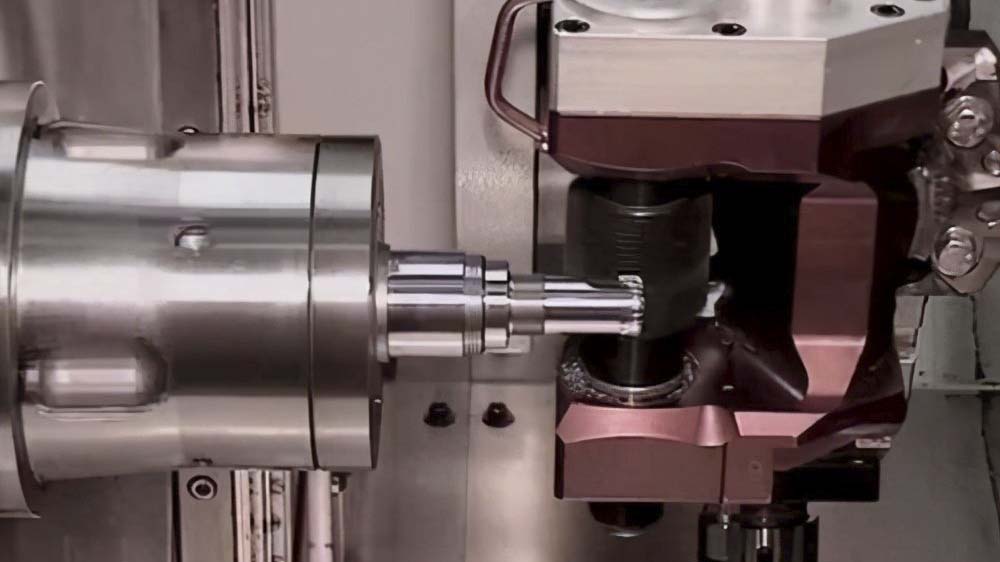
How can CNC machining center improve the machining accuracy of prototype?
1. Adjust the process system
The trial cutting method has low production efficiency and is mainly used for single piece and small batch production.
The adjustment method has high productivity and is mainly used for mass production.
2. Reduce machine error
The rotation accuracy of bearings should be improved: high precision rolling bearings should be selected; Adopt high-precision multi oil driven pressure bearing; High precision hydrostatic bearing is adopted.
Improve the accuracy of accessories with bearings: improve the machining accuracy of box support hole and main shaft journal; Improve the machining accuracy of the mating surface with the bearing; Measure and adjust the radial runout range of corresponding parts to compensate or offset the error.
Proper pre tightening of rolling bearings: clearance can be eliminated; Increase bearing stiffness; Homogenize rolling element error.
Make the spindle rotation accuracy not reflected on the workpiece.
3. Reduce the transmission error of the transmission chain: the number of transmission parts is small, the transmission chain is short, and the transmission accuracy is high; Speed reduction transmission is an important principle to ensure transmission accuracy, and the closer the transmission pair is to the end, the smaller the transmission ratio should be; The accuracy of the end piece shall be higher than that of other transmission parts.
4. Reduce tool wear: the tool must be reground before the tool size wear reaches the sharp wear stage; Select special cutting oil for full lubrication; The material of cutting tools shall meet the process requirements.
5. Reduce the stress and deformation of the process system: improve the stiffness of the system, especially the stiffness of the weak links in the process system; Reduce the load and its variation.
6. Reduce the thermal deformation of the process system: reduce the heating of the heat source and isolate the heat source; Equilibrium temperature field; Adopt reasonable machine tool component structure and assembly benchmark; Accelerate to achieve heat transfer balance; Control the ambient temperature.
7. Reduce residual stress: increase the heat treatment process to eliminate internal stress; Reasonably arrange the process.
Mastars is a prototype company in China. We employ proven prototype technologies(rapid CNC machining, rapid sheet metal prototyping, vacuum casting prototyping, 3D printing prototyping etc.), to take new concept or design and bring it to life, develop and evaluate new products quickly, economically and with less risk. With lesson learn from prototyping, we provide considered and proactive tooling design/build and mass production processing, from injection molding, die casting, CNC machining to final assembly as full one-stop solution.
Mastars Industries CO., LTD
www.mastars.com
Email: marketing@mastars.com
Tel: +86 755-88210690
Mobile: +86 181 0029 4997
Add: Building 6,Blue Sky Industrial Park, Ditang Road, Shajing Town, Shenzhen City, Guangdong, China


